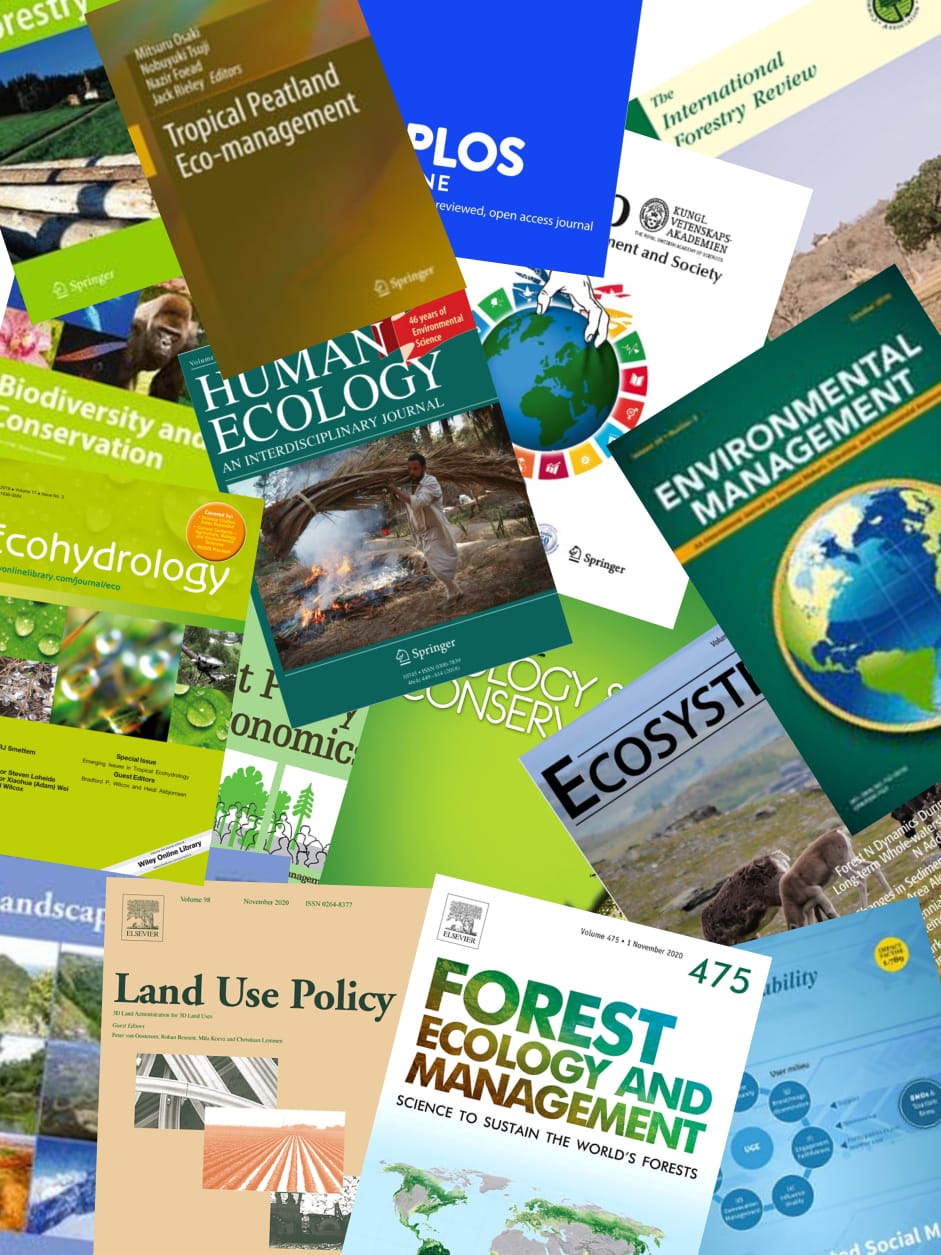Keyword(s)
burning, cereals, chemical control, control, costs, crop yield, cultural control, economics, fallow, fallow systems, farming systems, herbicides, length, manual weed control, physical control, profitability, rice, shifting cultivation, simulation, simulation models, small farms, traditional farming, upland areas, weed control, weeds, wild relatives, Philippines, South East Asia, imperata cylindrica, Oryza, oryza sativa, Imperata, Poaceae, Cyperales, monocotyledons, angiosperms, Spermatophyta, plants, eukaryotes, APEC countries, ASEAN Countries, Developing Countries, Asia, agricultural systems, alang-alang, bush fallowing, cogon grass, costings, fallowing, flaming, paddy, slash and burn, Southeast Asia, swidden agriculture, weedicides, weedkillers, Agroforestry and Multipurpose Trees, Community, Farm and Social Forestry (KK600), Plant Cropping Systems (FF150), Mathematics and Statistics (ZZ100), Farming Systems and Management (EE200) (Discontinued March 2000), Weeds and Noxious Plants (FF500), Pathogen, Pest, Parasite and Weed Management (General) (HH000)

